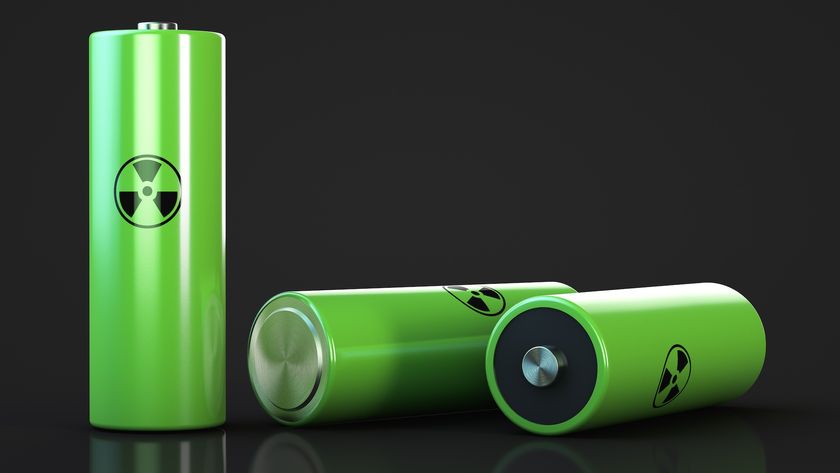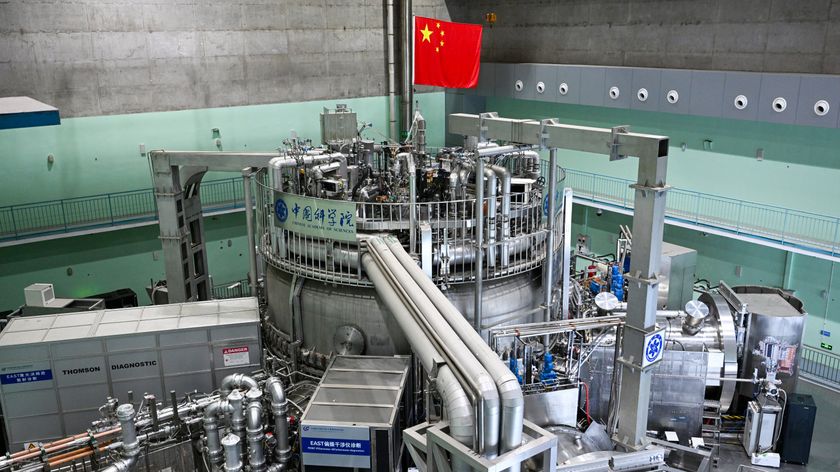Gadgets Sap World's Electricity
Sometime this year, the number of people using a personal computer will pass the one billion mark, according to the International Energy Agency. By sometime next year there will be more than 3.5 billion mobile phones subscribers and 2 billion TVs in use around the world, according to a new report from the agency.
And that's a problem.
You've heard of vampire energy? It's the name given to electricity that runs TVs, stereos and computers when they're in sleep mode, not even being used. You've seen the little red lights that indicate something's still humming inside.
Add that to the juice used by all manner of gadgets when they are being used or charged and, well ...
Without new policies, the energy consumed by electronic gadgets will double by 2022 and increase threefold by 2030 to 1,700 Terawatt hours (TWh), the IEA estimates.
That'll be equivalent to the current combined total residential electricity consumption of the United States and Japan, said IEA Executive Director Nobuo Tanaka . "It would also cost households around the world $200 billion in electricity bills and require the addition of approximately 280 Gigawatts (GW) of new generating capacity between now and 2030."
What can we do?
Sign up for the Live Science daily newsletter now
Get the world’s most fascinating discoveries delivered straight to your inbox.
Electricity consumption from residential information and communications technologies and consumer electronics devices could be cut by more than half through the use of the best available technology and processes which are currently available, the agency estimates. This would slow growth in consumption to less than 1 percent annually through 2030.
Cell phones already show the way.
"Many mobile devices are already far more efficient in their use of power than other devices which run off a main electricity supply," explained Mr. Tanaka. "Because extending the battery life of a mobile device is a selling point, manufacturers place an emphasis on designing products which require very little power. This example shows us what can be achieved. Where no such commercial drivers exist, governments must step in to ensure that we make the most of every energy efficiency opportunity."












